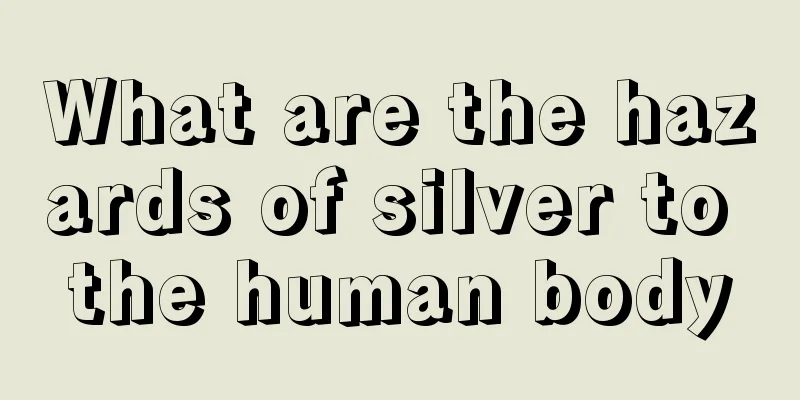What are the adverse reactions of Fudosteine Capsules

|
Every drug has its own incompatibility. While curing a disease, it will also have more or less negative effects on some aspects of the body. This is the so-called adverse reaction. Fudosteine capsules are very effective in treating bronchial diseases. It is mainly used clinically to treat bronchitis, emphysema or other respiratory diseases. While treating the disease, it also has many adverse reactions and precautions. Let's take a look. Fudosteine capsules are indicated for the expectorant treatment of respiratory diseases such as bronchial asthma, chronic asthmatic bronchitis, bronchiectasis, tuberculosis, pneumoconiosis, emphysema, chronic obstructive pulmonary emphysema, atypical mycobacteria, pneumonia, and diffuse bronchitis. Indications Used for expectorant treatment of respiratory diseases such as bronchial asthma, chronic asthmatic bronchitis, bronchiectasis, tuberculosis, pneumoconiosis, emphysema, chronic obstructive pulmonary emphysema, atypical mycobacteria, pneumonia, diffuse bronchitis, etc. Adverse Reactions 1. Digestive system: Common symptoms (>1/100, <1/10) include loss of appetite, nausea, and vomiting; uncommon symptoms (>1/1,000, <1/100) include abdominal pain, diarrhea, constipation, chest tightness, stomach pain, stomach discomfort, burning sensation in the stomach, abdominal distension, dry mouth, etc. 2. Sensory organs: tinnitus and abnormal taste are rare; 3. Mental and nervous system: Headache, numbness, and dizziness are rare; 4. Urinary system: elevated BUN and urine protein, both rare; 5. Skin and mucous membranes: rash, erythema, itching, all rare; urticaria (incidence unknown); 6. Sevens-Johnson disease, toxic epidermal necrolysis (Lyell disease): It has been reported that similar drugs to this product may cause the above symptoms. Therefore, if similar symptoms occur when administering this product, administration should be stopped and appropriate treatment measures should be taken; 7. Liver function damage: Liver function damage accompanied by elevated AST (GOT), ALT (GPT), and ALP may occur (all common), and should be closely observed. If abnormalities occur, medication should be stopped and appropriate treatment measures should be taken; 8. Other reactions: fever, flushed face, fatigue, chest tightness, frequent urination, all rare; palpitations, edema (incidence unknown). Precautions 1. Patients with impaired liver function: This product may cause further deterioration of liver function in patients with impaired liver function; 2. Patients with heart dysfunction: It has been reported that similar drugs of this product may have adverse effects on patients with heart dysfunction. Pregnant and lactating women 1. This product can only be given to pregnant women when it is judged that the benefits of treatment outweigh the risks (in the administration test during the period of fetal organ formation in rabbits, miscarriage occurred when 0.6g/kg of this product was taken orally, which is about 30 times the clinical dosage. Rats were given 0.2g/kg of this product during the perinatal and lactation period, which is equivalent to 100 times the clinical dosage, and the development of the offspring was inhibited). 2. Breastfeeding women should stop breastfeeding when taking this drug, because animal experiments (rat) have found that this product can enter breast milk. Pharmacology and Toxicology Pharmacological Action This product is a mucolytic agent, which can inhibit the excessive formation of goblet cells that secrete mucous sputum in the trachea, and inhibit the production of high-viscosity fucoxomucin, thereby reducing the viscosity of sputum and making it easier to cough up. This product can also increase serous tracheal secretion and inhibit tracheal inflammation. Toxicology studies Reproductive toxicity: When rats were given a dose of 2g/kg, no effect on fertility was observed; when rabbits were given a dose of 0.6g/kg, a few animals experienced miscarriage, but no teratogenic effect was observed. Genetic toxicity: The results of Ames test, Chinese hamster lung cell chromosome aberration test and mouse bone marrow micronucleus test were all negative. |
<<: How are pelvic tumors treated?
>>: How to treat stress disorders?
Recommend
The relationship between dietary habits and pancreatic cancer
Diet is an important risk factor for pancreatic c...
Can life be prolonged in the late stage of liver cancer?
How long can a patient with advanced liver cancer...
What are the three types of pain in the middle stage of lung cancer
What are the three types of pains in the middle s...
Can early liver cancer be cured? Effective treatment methods for early liver cancer
Liver cancer is very harmful. Once it develops to...
How to remove pomegranate stains
Pomegranate tastes sweet and sour, but sometimes ...
What can speed up blood circulation?
Many people are prone to various diseases due to ...
Osteofascial compartment syndrome, know these symptoms early
The most common sites of compartment syndrome are...
Is running aerobic or anaerobic
For women, if they want to lose weight, they are ...
Which is better, a belly band or a body shaper
Belly belts and body shapers are both used to shr...
What are the symptoms of indolent lymphoma
What are the symptoms of indolent lymphoma? Indol...
Popular Science on Diagnosis of Thyroid Cancer
In recent years, the number of thyroid cancer pat...
Which is more serious, liver cancer or esophageal cancer
Liver cancer and esophageal cancer are both relat...
What is the reason for bleeding during intercourse just after menstruation
Many women experience bleeding when having sex ju...
What symptoms may occur in patients with cryptococcal meningitis?
Cryptococcal meningitis is a relatively common fu...
How to maintain a long distance relationship?
When it comes to long-distance relationships, mos...









